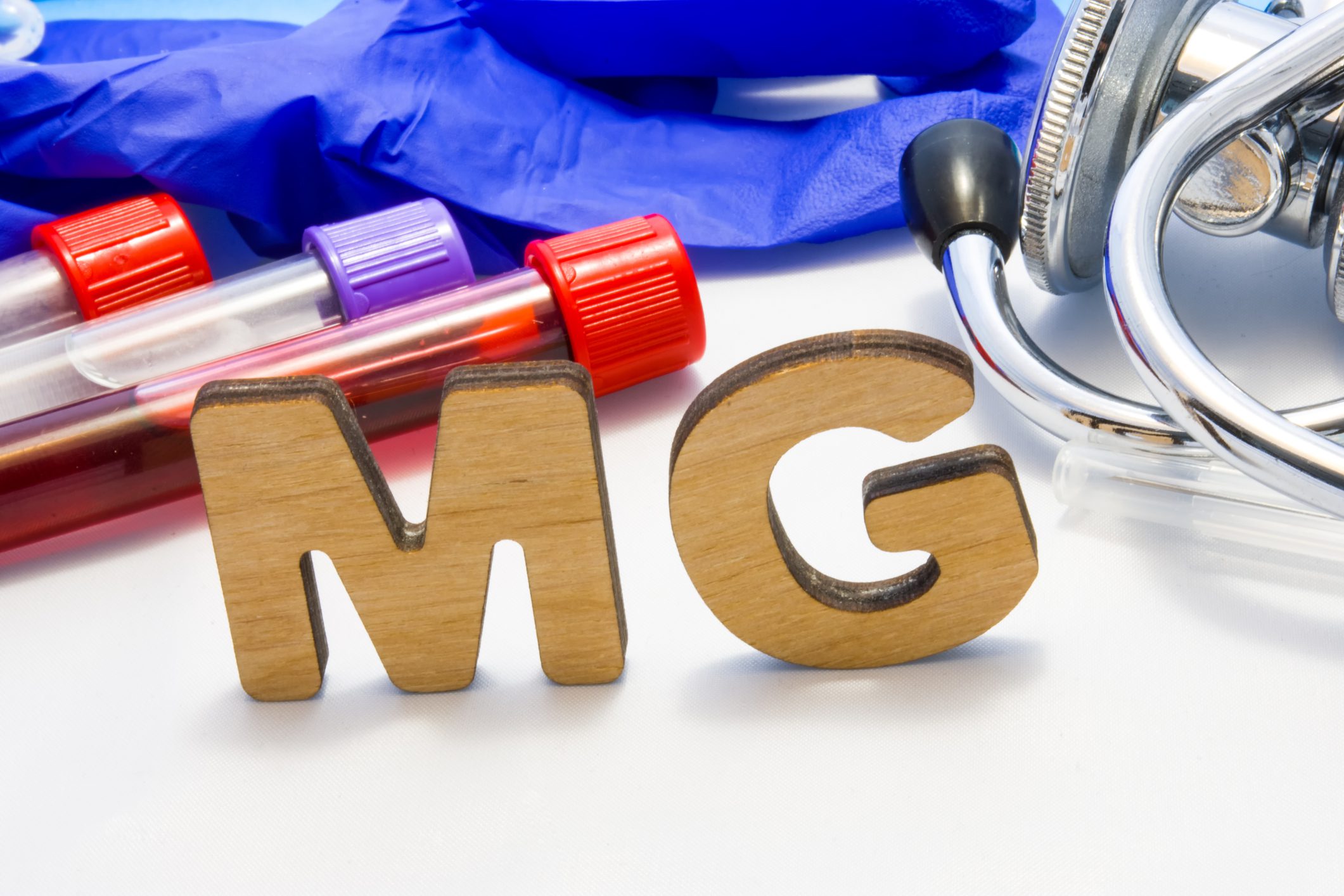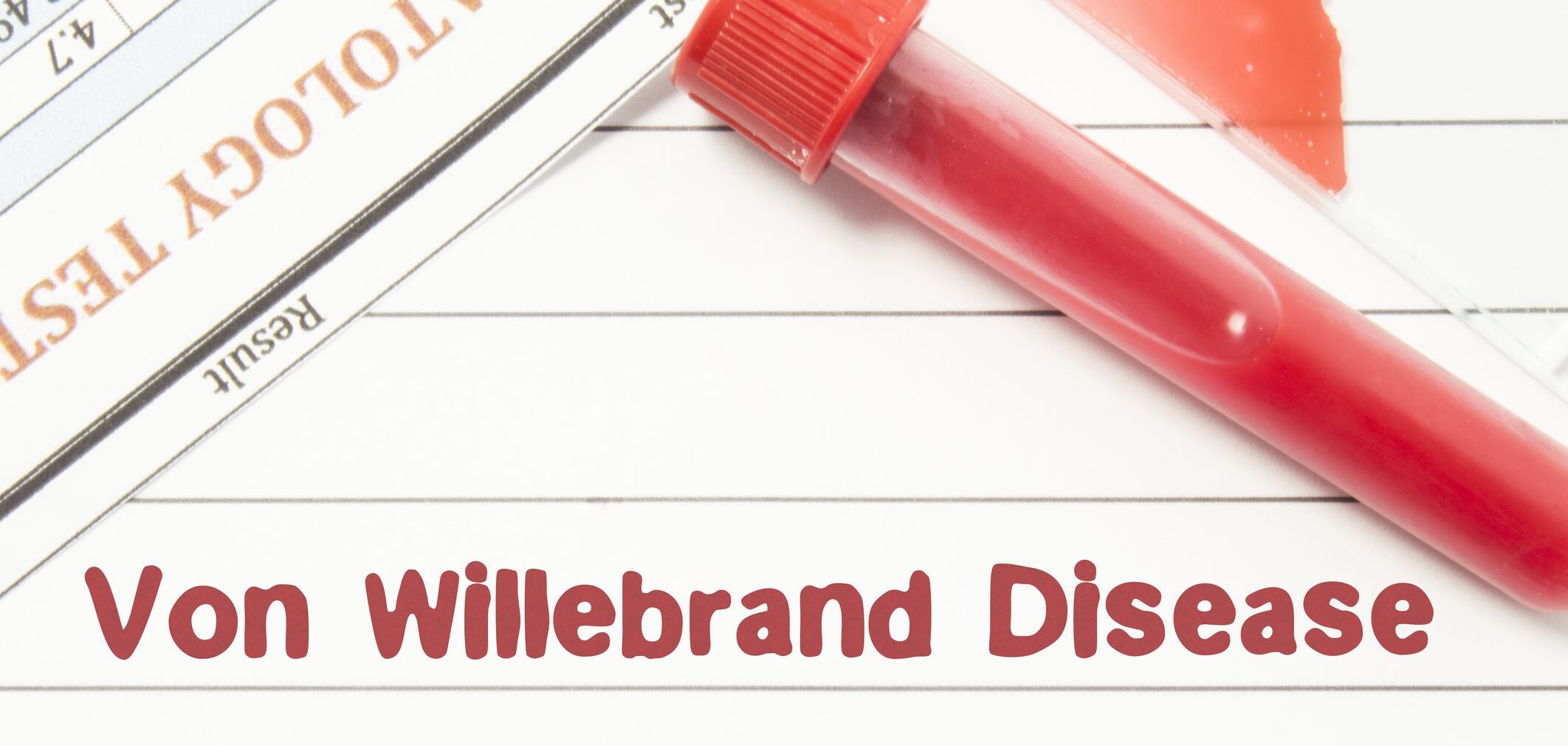The importance of the mental health of children and young people has rarely been as much in the spotlight as it is today. On the one hand, crises are increasing and intensifying the various stresses on families and children – due to the COVID-19 pandemic, the war in Ukraine, climate change and many other problems. On the other hand, it is clear that the support systems for families, children and young people are very fragile. The motto of the congress “Crisis! Change!” therefore reflected the current situation.
A working group therefore addressed the challenges of chronicity of depressive disorders in adolescence [1]. Against the background of the increasing prevalence of chronic depression in adolescence and the increased risk of developing further mental disorders in adulthood, a study investigated the need for inpatient treatment and the requirements for a potential aftercare app. The participants were 14 care providers working in psychology/psychotherapy. Semi-standardized, guideline-based individual interviews were conducted on the basis of a content analysis approach according to Kuckartz. The needs identified were aftercare to ensure continuity of treatment, an in-depth examination of therapeutic issues and support in returning to everyday life. The support options should be low-threshold, reliable, available in everyday life and follow on promptly from treatment. To ensure continuity of treatment and avoid chronification and rehospitalization, app-based interventions could close the care gap in aftercare. An aftercare app should then address factors such as loneliness, self-esteem, suicidality, lack of structure and psychoeducation.
Sports therapy for hyperkinetic social behavior disorder
The diagnosis of hyperkinetic social behavior disorder is one of the most common diagnoses in the context of inpatient child and adolescent psychiatry. At the same time, there is increasing evidence of the positive effects of sports therapy for this clientele, which is characterized by a significantly increased urge to exercise, among other things. However, clinical experience shows that sports activities in particular are viewed rather ambivalently by therapists. As patients remain in a state of arousal for longer than the sports session lasts, they are often more difficult to reintegrate. A study has now examined the effectiveness and relevance of exercise therapy interventions for everyday clinical practice [2]. A 60-minute sports therapy unit was carried out for this purpose. Phases of intensive exercise alternated with periods of rest. Each session ended with a short relaxation exercise. Afterwards, the level of arousal was measured using a graphomotor exercise. It was found that all patients reported a significantly improved mood after the sporting intervention. The chosen methodology with alternating phases of play and rest proved to be useful in reducing motor restlessness. However, a longer treatment period is indicated in order to implement the method.
Positive body image through exercise
A positive body image makes a decisive contribution to general well-being and mental health – especially in young people. Physical activity has a positive effect on the development of a positive body image. A focus on appearance, on the other hand, can increase body surveillance, which often results in less body satisfaction and a negative body image. In contrast, a high appreciation of the functionality of the body and mindful awareness promotes a positive body image. In one study, body satisfaction and changes in affect were analyzed after fitness sessions with appearance-focused (AU) or mindfulness-focused (AC) exercise instruction [3]. This showed more positive changes in affect and body satisfaction after AC exercise instruction compared to AU exercise instruction. Accordingly, mindfulness-focused movement strategies should be implemented. The focus should be placed on the appreciation of functionality and mindful awareness of the body. Resource-oriented, joyful movement should be encouraged to promote physical activity in the long term. Comments about appearance, on the other hand, should be avoided.
Extremist attitudes in everyday treatment
An extremist attitude is understood to mean politically or religiously motivated attitudes or ideological beliefs of patients that are outside or on the fringes of a free democratic basic order and can also be associated with illegal or violent acts. As part of an anonymous online survey, 364 doctors and psychotherapists were asked about their previous experiences, attitudes and wishes regarding the treatment of patients with extremist attitudes [4]. The evaluation revealed that 58% had already treated patients with extremist views, 65% of them even more than once. 242 of these patients were described in more detail. Of these, 11% were minors, 16% were up to 26 years old and 72% were male. A large proportion shared right-wing extremist views (41%) or could be classified as part of the lateral thinking movement (33%). The most frequently diagnosed disorders were affective disorders (39%), neurotic, stress and somatoform disorders (26%) or personality and behavioral disorders (15%). Consideration should be given to the extent to which patients’ extremist attitudes should be included in treatment situations in order to make a contribution to society in the context of healthcare.
Safety written in capital letters
Child and adolescent psychiatric institutions are associated with a significant risk of the occurrence of various forms of violence and boundary violations – both against children and adolescents as well as staff. Institutional protection concepts aim to recognize, effectively stop and prevent all forms of violence and abuse of power. A differentiated and multi-perspective analysis of institutional risk and protection factors is crucial for the development of effective protection concepts. A research gap exists in the identification and comparison of relevant risk factors for protection and safety in child and adolescent psychiatric institutions from the perspective of current patients and staff. To this end, 64 patients were asked about their experience of safety and protection using semi-structured interviews and 85 staff members were asked about their self-assessment of their personal experience of safety as well as their clarity and confidence in dealing with child protection-sensitive situations using anonymous online questionnaires [5]. One in five patients stated that they occasionally to frequently did not feel sufficiently safe or protected in the clinic. Almost three quarters of staff reported a reduced sense of safety or protection. With regard to other protection-relevant factors, the patient survey revealed the highest mean values in the areas of experienced borderline-violating behavior or statements, a lack of participation and opportunities to communicate, and the violation of some children’s rights. The staff showed the highest mean values in relation to fears regarding physical integrity, violations of personal distance limits and work overload.
Institutions that treat vulnerable patients with mental disorders face system-inherent and external risk factors for the occurrence of violence and abuse of power. A high prevalence of a reduced sense of safety and protection affects both patients and staff and underlines the urgency of protection concepts.
The challenges of psychotherapy
At In the 20th century, milestones were reached in understanding human experience and behavior with the description of mental processes. In this century, however, the world we live in has changed drastically, posing new challenges for psychotherapy. With increasing digitalization, everyday life has changed so profoundly that current concepts of psychotherapy need to be reviewed and adapted. To this end, the main features of the digital world must be worked out and the necessary building blocks for psychotherapy formulated [6]. Today, children and adolescents in particular are integrated into an omnipresent digital environment that allows very different and often opaque interests to influence users and works with intense reward stimuli. This means that therapy is often in direct competition with digital networking, which can make it considerably more difficult. In order to achieve a lasting effect, therapy must engage with these influences and find suitable responses. This includes incorporating the communication channels preferred by young people as a suitable means and not perceiving them as a threat. In contrast to school pedagogy, which is often still dominated by concepts from the 19th and 20th centuries, psychotherapists are obliged to meet patients in today’s world and promote their creativity and personal development, enabling them to cope with current challenges rather than primarily adapting them to school and social norms.
The parental health of mentally ill children and adolescents
Parents are the most important caregivers of mentally distressed children and adolescents. They are therefore an important addressee and co-therapist in child and adolescent psychiatric treatment. This results in different demands and roles for the parents in the partner relationship, work, raising children, social life, hobbies and other areas of life. This often results in role conflicts and high levels of psychological stress. Many studies already address the effects of mentally ill parents on their children, but only a few the other way around. The primary aim of one study was therefore to record the effects of mentally ill children and adolescents on parental health [7]. This was a unicenter quantitative regional pilot study. The data was collected by random sampling using questionnaires from parents of children and adolescents with at least one confirmed psychiatric illness. Of the 153 questionnaires sent out digitally, 40 were answered in full and analyzed. The sample showed increased values in almost all areas of parental stress, as well as an increased feeling of exhaustion. Therefore, a stronger focus should be placed on addressing parental mental health. In order to better support parents, there could be increased parental work and relief through digitalization. Better networking with psychiatrists and psychotherapists would also be desirable in order to provide parents with mental illness with prompt treatment. In addition, the inclusion of parents in therapy could be increasingly addressed through systemic or family therapy approaches, for example.
Source: DGKJP Congress
Literature:
- Birkenstock S, et al: Clinic and then? A qualitative needs analysis of aftercare for adolescents and young adults with depression. P-15-001 DGKJP Congress, September 18-21, 2024, Rostock.
- Krumbach S, et al: The effectiveness of sports therapy in boys aged 8-12 years with hyperkinetic social behavior disorder. P-01-003 DGKJP Congress, September 18-21, 2024, Rostock.
- Brix F, et al: Pilot study: Effects of appearance- and mindfulness-focused movement instructions on the body image of people with mental illness. P-01-006 DGKJP Congress, September 18-21, 2024, Rostock, Germany.
- Rau T, et al: Extremist attitudes in health care. Survey of healthcare professionals. P-12-008 DGKJP Congress, September 18-21, 2024, Rostock.
- Macura S, et al: Together for protection and safety at the clinic: risk analyses based on the perspectives of patients and staff for the development of protection concepts in child and adolescent psychiatry. P-12-002 DGKJP Congress, September 18-21, 2024, Rostock.
- Barth GM, et al: Psychotherapy of children and adolescents – challenges in the 21st century. P-12-003 DGKJP Congress, September 18-21, 2024, Rostock.
- Alber G, et al: Mental illness in children and adolescents and its impact on parental health. P-06-006 DGKJP Congress, September 18-21, 2024, Rostock.
InFo NEUROLOGIE & PSYCHIATRIE 2024; 22(5): 20–21 (published on 21.10.24, ahead of print)












